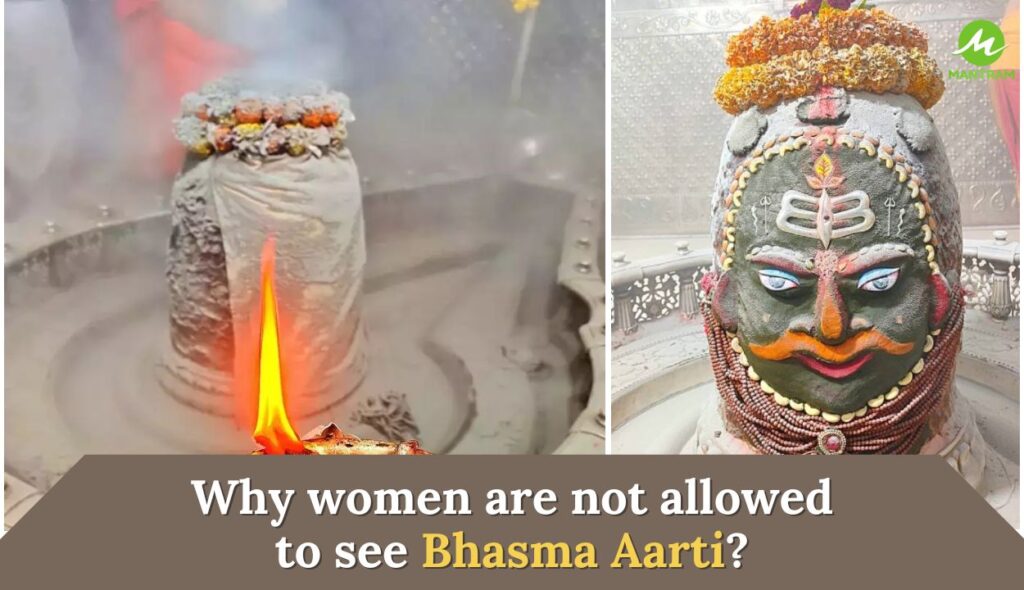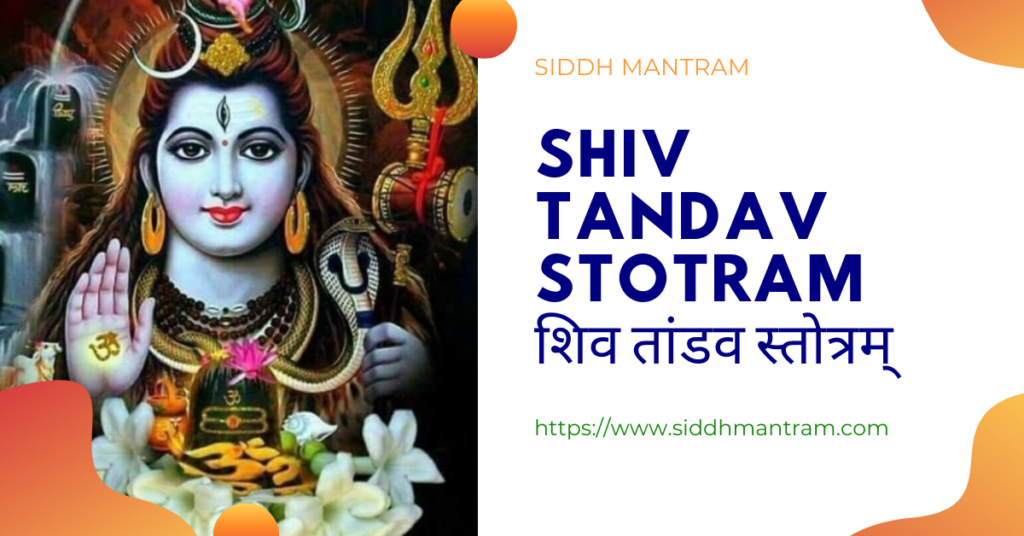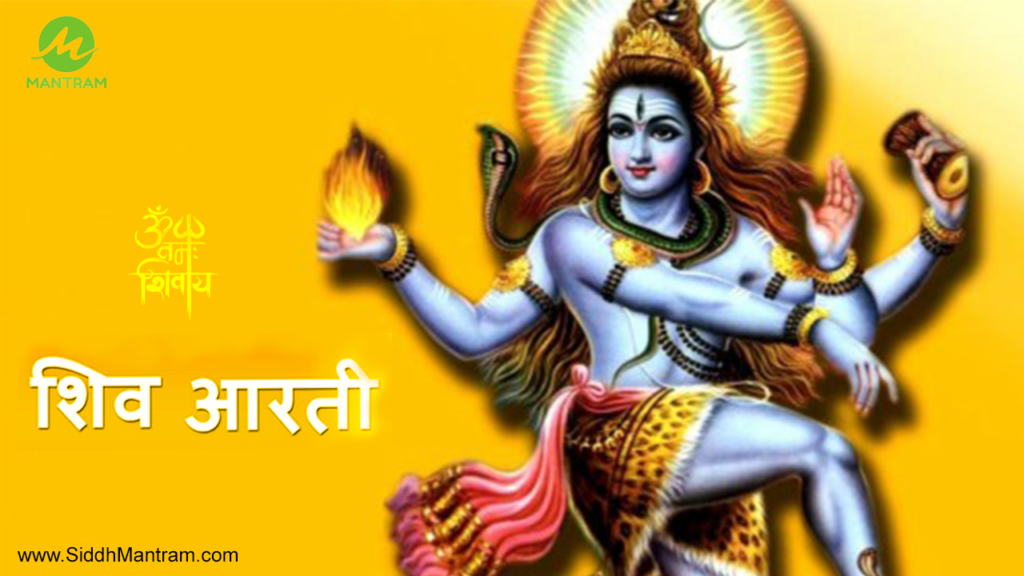In the city of Ujjain, the religious capital of Madhya Pradesh, stands the renowned Mahakaleshwar Jyotirlinga Temple, which holds several fascinating traditions that devout followers are always eager to learn about.
One such tradition is the unique ritual of Bhasm Aarti, during which women are not allowed to have the darshan of Lord Mahakal for ten minutes. There’s an intriguing story behind this practice.
Devotees of Lord Shiva around the world hold great reverence for the Bhasm Aarti at the Mahakaleshwar Temple. They always aspire to participate in this sacred ritual. As a result, the online booking for the Bhasm Aarti fills up many months in advance.
It is believed that witnessing the Bhasm Aarti not only brings blessings but also grants liberation from the fear of untimely death.
Why ladies are not allowed to see Bhasma Aarti?
During the Bhasm Aarti, a captivating tradition is observed, which may sound peculiar but has been followed since time immemorial. When Lord Mahakal is bathed with sacred ash (bhasm), women are not allowed to have the darshan of the deity.
They are asked to cover their heads with a veil. The temple priests and pundits announce this practice from Nandi Hall. The information is shared that Lord Mahakal is being bathed with sacred ash, and during that time, women are not allowed to have darshan for approximately ten minutes.
Also Read- Mahamrityunjaya Mantra Importance and its Miraculously Benefits
It is believed that Lord Mahakal transforms from his formless state to a manifest form as Lord Shiva during this ritual. Thus, the sacred bath and darshan of the deity are not witnessed by women. The temple priest, Ashish Pujari, explains that Lord Mahakal descends from the formless to the manifest state, just like how clothing is changed. Hence, for a few minutes, women are asked to unveil their heads as part of this ritual.
The Bhasm Aarti is a deeply spiritual and sacred experience that holds great significance for devotees, and the restrictions during this ritual are followed with utmost devotion and belief.
The Significance of Applying Bhasma to Lord Shiva – A Legend from Shiv Purana
In the ancient tale from the Shiv Purana, it is said that Lord Shiva faced immense sorrow and distress after the tragic demise of Goddess Sati. Consumed by grief, he roamed restlessly with her lifeless body.
To break Shiva’s trance, Lord Vishnu used his chakra to dismember Sati’s body. As a result, Shiva took the form of Aghad and Digambar and settled in a cemetery, adorning his body with chita Bhasma (funeral pyre ashes).
From that moment onwards, ‘Bhasma’ became an integral part of Shiva’s appearance. In earlier times, the ashes from crematoriums were used during the Mahakal Aarti.
However, this tradition has evolved, and now a ‘Bhasma’ is made from cow dung, berries, peepal leaves, Amaltas, big sticks, and Shami sticks.
The practice of applying Bhasma carries a profound significance. According to the Shiv Purana, after the four ages – treta, satya, copper, and kaliyug, the world is destined to face destruction, and everything will ultimately turn into ashes.
In Summary:
The Bhasma represents the essence of creation, symbolizing the eventual destruction of all existence. This is why Lord Shiva continuously adorns his body with bhasma, signifying the cycle of creation and destruction.



